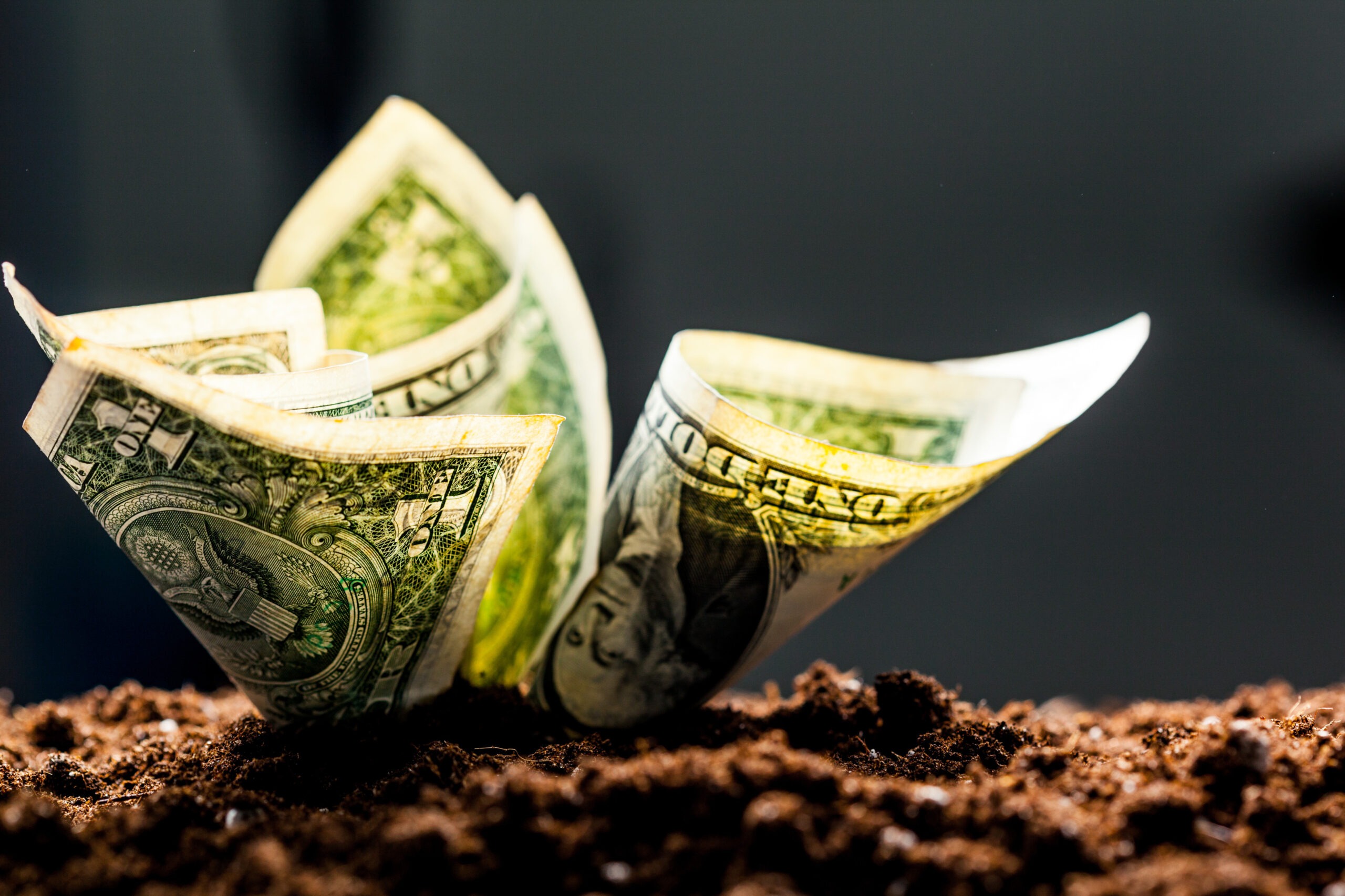Introduction
Passive investing is the holy grail for the hands-off investor. “Set it and forget it”—a mantra that resonates with those who want steady growth without the hassle of constant portfolio management. But what if I told you that this “lazy investing” approach might not just affect individual portfolios but could be a ticking time bomb for the market itself? Yep, the massive influx of capital into passive funds could be making markets more fragile, distorting price discovery, and even creating potential risks for long-term market stability.
Today, we’re diving into the darker side of passive investing—the risks no one wants to talk about. Let’s break down the hidden impact of passive investing on the market, why a hands-off approach might not be as “safe” as advertised, and what it means for the future of finance.
The Rise of Passive Investing: A Quick Recap
Passive investing has exploded in recent years. ETFs and index funds have made investing as easy as clicking a button, offering exposure to broad markets with lower fees, less volatility (or so they say), and virtually no need for active management. With trillions pouring into these funds, they’re like the fast-food equivalent of investing—quick, easy, and mass-produced.
Why the popularity? Simple: Lower fees and historically decent returns. Plus, they free you from stock-picking headaches. You’re not betting on individual companies, just riding the wave of the market. Who wouldn’t want that, right?
But this popularity surge has a dark side, one that gets worse the more people buy in. Here’s how.
The Passive Bubble: Are We Ignoring Market Fundamentals?
Passive investing has turned the stock market into a massive popularity contest. When you buy an index fund, you’re buying every stock in the index—regardless of how well or poorly those companies are actually performing. In other words, passive investing buys stocks based on size rather than value.
This means even underperforming companies can see their share prices inflated purely because they’re part of a major index. The result? A market where fundamentals—things like earnings, debt, and growth potential—start to matter less, and sheer market cap reigns supreme.
So what happens when companies are overvalued and underperforming? Eventually, reality hits, prices drop, and it’s the passive investors who are left holding the bag, wondering why their “safe” investments are suddenly in freefall.
The Liquidity Trap: When Passive Investments Turn Into Market Sinkholes
Liquidity—it’s the market’s lifeblood, allowing buyers and sellers to transact without causing extreme price swings. But with passive investing, liquidity becomes a lurking issue. Why? Because in times of market stress, active investors usually help provide liquidity by selectively buying and selling. But passive funds? They’re not selectively buying or selling; they’re moving as a herd.
Imagine a market downturn. Active investors would normally assess and either hold or sell based on fundamentals. But passive funds? They don’t have that option—they’re forced to sell the same basket of stocks as everyone else. And when billions are invested in these passive funds, it’s like everyone trying to squeeze through the same tiny exit at once. This lack of liquidity in crisis times can amplify market crashes and leave passive investors trapped.
Distorted Price Discovery: When the Market Gets Lazy
Remember when markets were supposed to reflect the value of companies based on their performance? With passive investing, that’s not necessarily the case anymore. The process of price discovery—the market’s way of assessing the value of a company—is distorted when passive funds keep buying stocks regardless of their actual value.
This “distorted” price discovery can lead to bizarre scenarios where company stock prices are completely out of sync with their financial reality. It’s like trying to gauge a restaurant’s quality by how many people are in line rather than the quality of the food. In the world of passive investing, everyone’s in line, but no one’s tasting the food.
When reality eventually catches up, and the stock’s price adjusts, passive investors will feel the burn of this collective complacency. The “set it and forget it” mindset may prove to be the Achilles’ heel of the entire market.
Are We Creating a Market of ‘Zombie’ Companies?
When passive investments ignore company performance, it can lead to a market of so-called “zombie” companies—businesses that survive not because they’re profitable or innovative but simply because they’re included in major indexes. These companies don’t die off like they would in a more actively managed market. Instead, they continue to draw in passive money, propping up their share prices even if they’re not adding real value.
This survival of the unfittest skews the competitive landscape, stifles innovation, and creates a bloated market where mediocre companies get a free ride. In an economy increasingly dominated by passive investments, these zombie companies could drain resources from more deserving players, slowing economic growth and diluting overall market quality.
Market Stability or Market Stagnation?
While passive investing was designed as a safe, steady approach, its success could ironically be leading to a more unstable market. In the short term, the flood of capital into passive funds may create a false sense of stability. But long term? The dangers of liquidity crises, distorted price discovery, and zombie companies could turn that stability into stagnation—or worse, collapse.
If markets continue on this path, the very foundations of investing could shift, creating a “stable” market on the surface, but a rotting foundation underneath. And when the bubble bursts, as it inevitably will, it’s the passive investors who could suffer the most.
Conclusion: The Passive Investing Paradox
“Set it and forget it” sounds appealing, but in a world where everyone’s jumping on the passive bandwagon, the risks are starting to outweigh the rewards. Passive investing was born as a counter to the risks of active management, but now, with trillions locked into passive strategies, it’s no longer the “safe” option it once was.
The very system that promises safety and low fees may be setting up the market for instability. And the question that remains is: Are you prepared for the consequences?
FAQs
Q1: Is passive investing still safer than active investing?
Answer: In some ways, yes—it’s less prone to human error and high fees. But the market-wide risks, like liquidity issues and overvaluation, are growing.
Q2: How can passive investing affect individual stocks?
Answer: Stocks in major indexes receive constant buying pressure, which can inflate their prices without regard for fundamentals. This effect can lead to overvaluation and “zombie” companies.
Q3: Can passive investing trigger a market crash?
Answer: Indirectly, yes. If a mass sell-off occurs, passive funds might amplify it by selling indiscriminately. The lack of liquidity in such scenarios can accelerate the downturn.
Q4: What’s the alternative to passive investing?
Answer: Balanced strategies that blend passive and active investing might help manage risks better. Diversifying into assets outside traditional markets can also add protection.
Want to keep the conversation going (and maybe spot the next market twist before it hits)? Join our Discord



